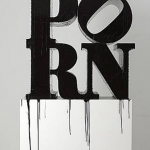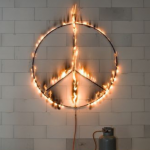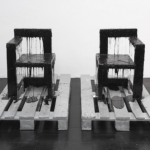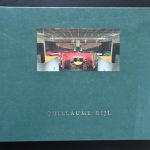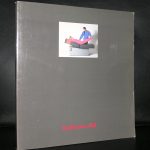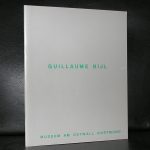
The most informative text on Marc Bijl i encountered on Wikipedia, but on a personal note, i agree with every element of this text. Marc Bijl stands for art on the borders of society in which gothic and punk are combined with Pop Culture…. I love it.
From 1992 until 1997 Marc Bijl studied at the Royal Academy of Art & Design in ‘s–Hertogenbosch. In 1996 he studied for a year at Glasgow School of Art. In his early work, Marc Bijl reacted to global themes and to popular fascination with symbols of political power, globalization of the economy, religion and nationalism. This resulted in interventions in public space, videos, sculptures and installations that underscored or undermined world views. Bijl endeavours to expose superficialities and myths via his work. Bijl switches in his work between political activity and street culture as he does between the media of image, text and music. He exposes the superficialities, icons and myths of popular culture in his work to stimulate the spectator to contemplate about moral and ethical issues. The symbol, the logo and the label are his potential targets and his artistic tools. He likes to upset, relocate and re-connote their superficial image and their mythmaking – always aiming at a critical analysis of the social conditions of the society. Bijl employs visual elements borrowed from punk and Gothic subcultures and from anarchism. His early works are representational, cartoon-like and often textual. His recent work is more abstract and minimalistic, exemplifying a shift in approach, by which he pares down different perspectives and methodologies to a new essence. The crux is no longer the ‘symbolism’ but what that symbolism represents and signifies. In these most recent works, Bijl makes clear references to modernist art-historical icons such as Mark Rothko, Mondriaan, De Stijl (Rietveld chair) and more subtle references to Jannis Kounellis and Joseph Beuys. Bijl adapts these classical works to his own corporate style. He seeks a more abstract formal language that is in many respects more ambiguous than his earlier vocabulary.
Bijl undermines systems but at the same time he is depended on these systems. Bijl’s work is often rebellious and tends to the illegality. His work is clearly rooted in street culture and possesses elements of graffiti, performance and installation art.
www.ftn-books.com has some nice Marc Bijl publications available.

